The Vietnam National Museum of History is a vital institution that serves as a bridge between the past and present, showcasing the rich tapestry of Vietnamese culture and history. With an extensive collection of artifacts, exhibitions, and educational programs, it plays an essential role in preserving and communicating the narrative of Vietnam’s heritage to both locals and tourists alike.
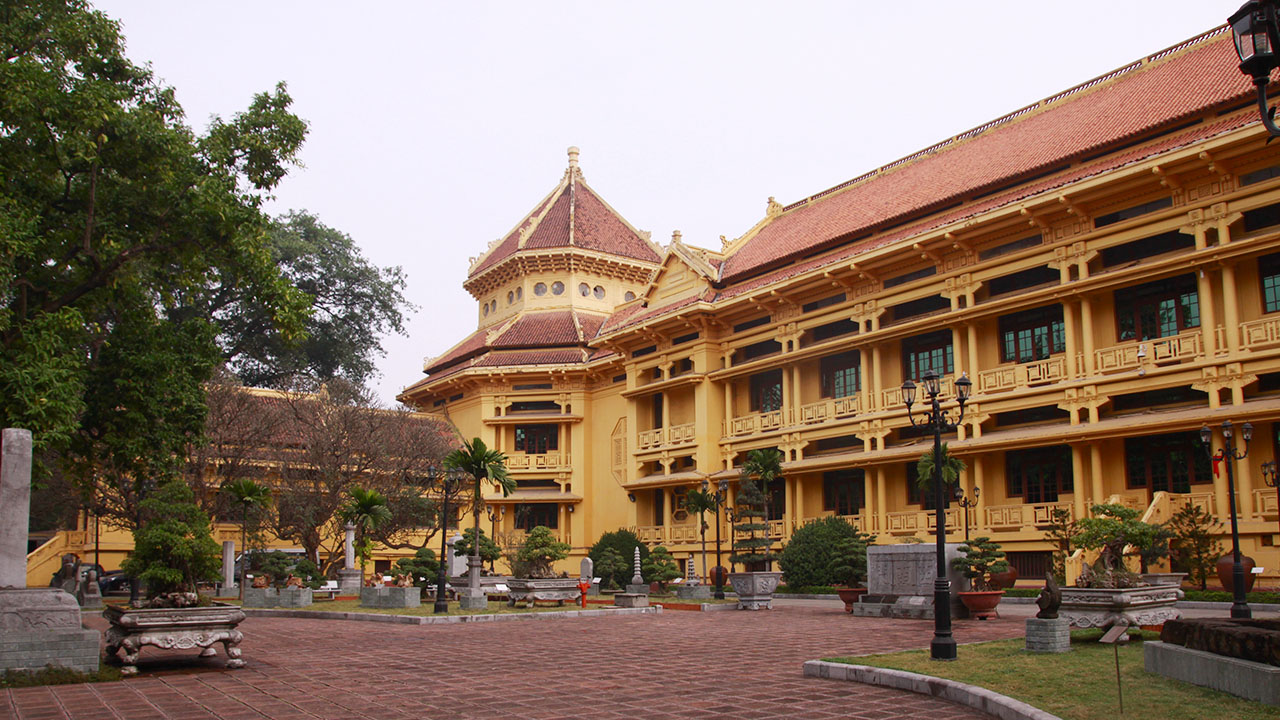
Importance of Vietnam National Museum of History
The Vietnam National Museum of History holds immense significance within the cultural landscape of Vietnam. It not only acts as a repository for historical artifacts but also serves as an educational platform that fosters understanding of Vietnam’s diverse history and vibrant culture. The museum is dedicated to presenting the legacies of different eras through its carefully curated exhibitions, which span thousands of years.
In a rapidly globalizing world, this museum offers a sanctuary for those looking to immerse themselves in the unique stories and experiences that have shaped Vietnam. Its commitment to preserving history makes it indispensable, particularly as the country evolves and modernizes.
Historical Significance of the Museum
The establishment of the Vietnam National Museum of History dates back to a time when there was significant interest in documenting and preserving national identity. The museum was founded to cater to the need for a centralized space where the multifaceted history of Vietnam could be explored and exhibited.
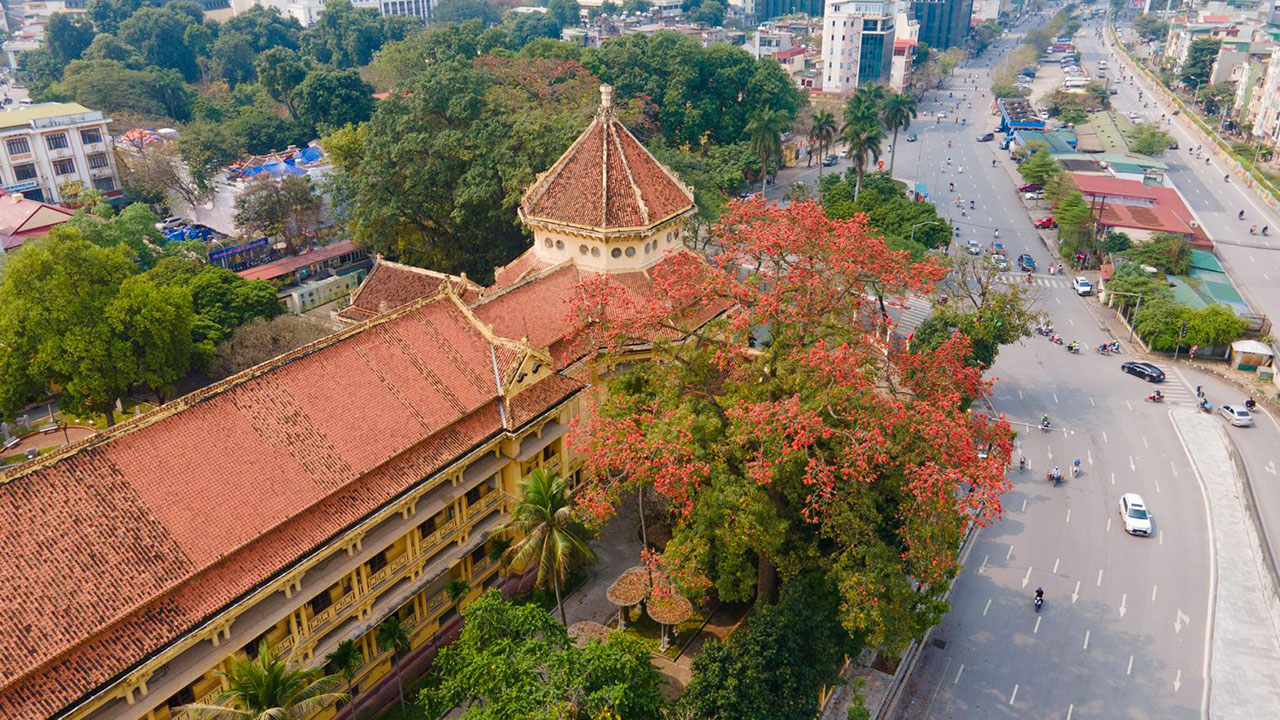
From its origins, the museum has evolved to encompass artifacts from various dynasties, showcasing the evolution of civilization in Vietnam. It houses collections that reflect the multi-ethnic fabric of society, shedding light on significant historical moments, such as periods of colonization, resistance, and independence. Each exhibit tells a story that contributes to the broader narrative of Vietnamese history, making it critical to understanding the nation’s present-day identity.
Role in Preserving Vietnamese Heritage
As a custodian of Vietnamese heritage, the Vietnam National Museum of History plays a crucial role in safeguarding and promoting cultural artifacts. The museum’s mission goes beyond mere preservation; it involves actively engaging with communities to raise awareness about the importance of heritage conservation.
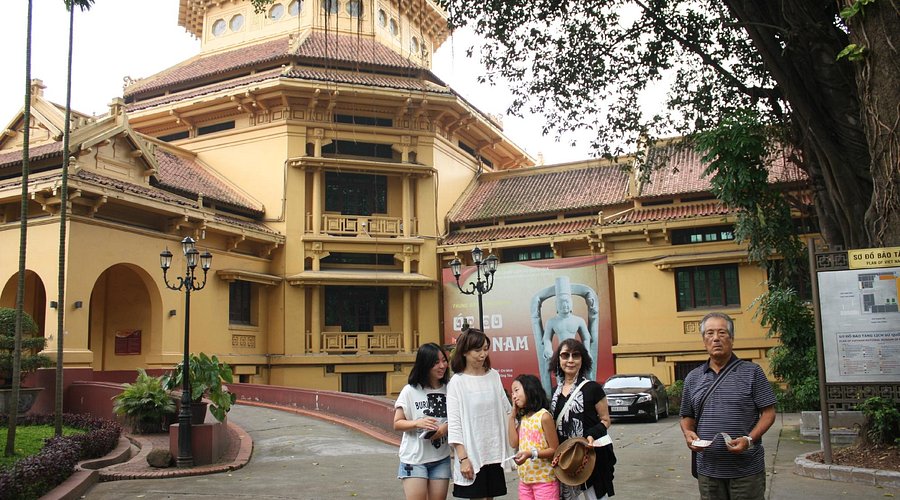
Through various initiatives, the museum collaborates with local artisans and historians to document traditional practices and crafts. By doing so, it preserves intangible heritages, such as folk music and oral traditions, while also providing visitors with insights into how these practices coexist with contemporary life. This holistic approach ensures that future generations can appreciate and learn from their roots, fostering a sense of pride in their history.
Location and Accessibility
Address:
- No. 216 Tran Quang Khai street, Hoan Kiem district, Hanoi
- No. 1 Trang Tien street, Hoan Kiem district, Hanoi
The Vietnam National Museum of History is conveniently located in the heart of Hanoi, making it easily accessible to both residents and visitors. Its prime location not only allows for easy navigation but also situates it amidst other cultural landmarks, enhancing its visibility and relevance in the tourism circuit.
Accessibility is key for any major tourist attraction, and this museum is no exception. The surrounding area is bustling with activity, filled with shops, cafes, and other attractions, providing a well-rounded experience for visitors.
Directions to the Museum
Finding your way to the Vietnam National Museum of History is straightforward, thanks to its central location. Travelers can navigate using various landmarks as reference points. The museum is situated near Hoan Kiem Lake and the Hanoi Opera House, two notable sites that are popular among tourists.
For those unfamiliar with the layout of Hanoi, utilizing mapping applications can simplify the journey. Moreover, clear signage throughout the city directs visitors towards significant cultural establishments, including the museum.
Public Transportation Options
Hanoi boasts a robust public transportation system that makes reaching the Vietnam National Museum of History convenient. Buses frequently service routes that pass close to the museum, allowing for an affordable mode of travel.
Moreover, ride-sharing services have become increasingly popular in the city, offering another viable option for tourists looking to visit the museum without worrying about navigating public transportation. For those who enjoy cycling or walking, the museum is easily reachable, and the journey often provides an opportunity to appreciate the city’s vibrant street life along the way.
Key Exhibitions
The Vietnam National Museum of History features an array of exhibitions that showcase the rich history and diverse cultures of Vietnam. Through careful curation, the museum presents artifacts that highlight various aspects of Vietnamese civilization, from ancient times to the contemporary era.
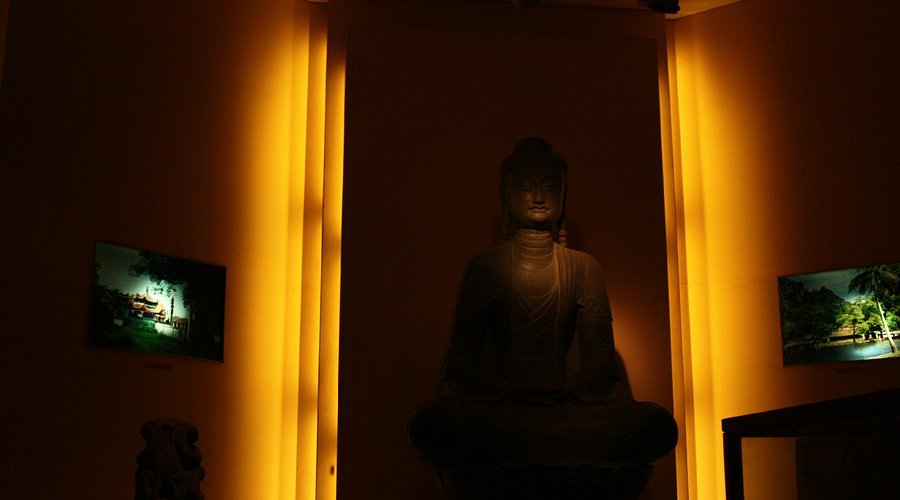
Each exhibition tells a story—stories of resilience, innovation, and creativity—that reflect the spirit of the Vietnamese people. This immersive experience enables visitors to engage deeply with the materials on display, fostering a greater appreciation for the nation’s heritage.
Major Artifacts Displayed in the Museum
Among the many treasures housed within the Vietnam National Museum of History, certain artifacts stand out due to their historical and cultural significance. Items such as ancient pottery, bronze drums, and royal regalia offer a glimpse into the lives of those who came before us.
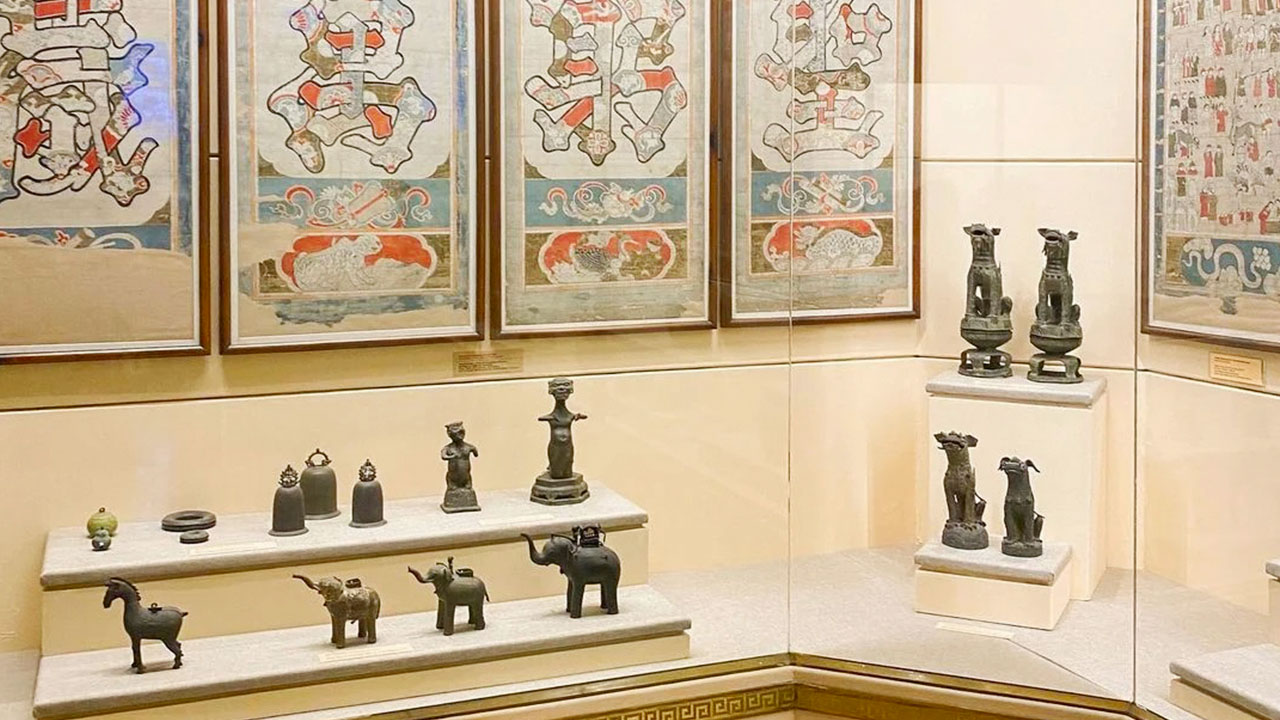
The museum’s collection not only reflects artistic achievements but also highlights the technological advancements of various periods. For instance, tools and ceremonial objects from the Bronze Age demonstrate the sophistication of early societies in Vietnam and their ability to manipulate materials for both practical and aesthetic purposes.
These artifacts serve as tangible connections to the past. When visitors observe them, they gain insights into the daily lives, beliefs, and customs of ancestors, creating an emotional resonance that enhances their understanding of Vietnamese history.
Cultural Relics from Different Eras
One of the most captivating aspects of the Vietnam National Museum of History is its chronological organization of exhibits, which allows visitors to explore cultural relics from different eras seamlessly. From the prehistoric period through the feudal dynasties to colonial influences, the museum encapsulates a vast timeline of Vietnamese history.

Cultural relics such as sculptures, textiles, and ritual objects represent the diversity of Vietnam’s regions and ethnic groups. These objects not only reveal artistic styles but also mirror the socio-political dynamics of specific periods. By examining these relics, visitors can better understand how external forces, such as trade and colonization, influenced local cultures and practices.
This multifaceted approach to storytelling is what makes the museum an invaluable resource for anyone wishing to delve deeper into the complexities of Vietnamese identity and cultural evolution.
Visiting Hours and Admission Fees
Planning a visit to the Vietnam National Museum of History can significantly enhance the experience if you are aware of its visiting hours and admission fees. Understanding these logistical details ensures that travelers can make the most of their time without unexpected interruptions.
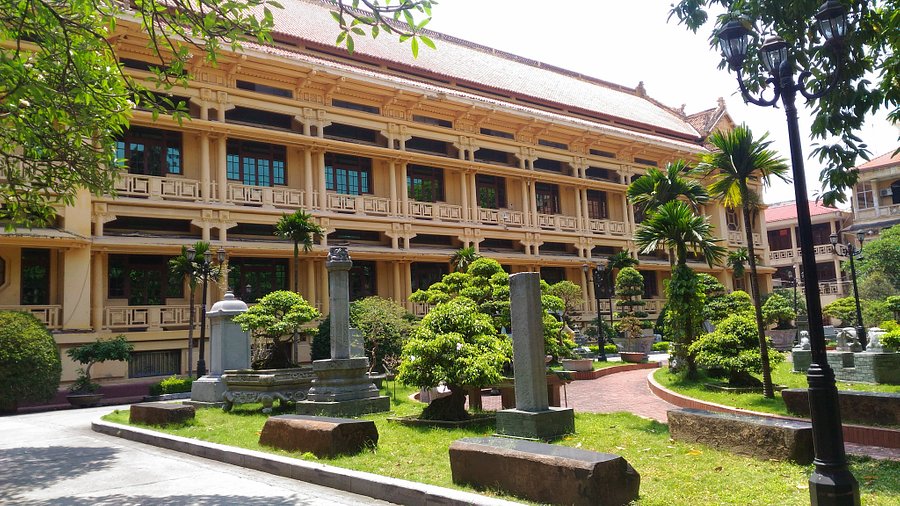
The museum operates with set hours that accommodate both leisurely visits and guided tours, allowing guests to fully immerse themselves in the exhibits without feeling rushed.
Daily Opening Times
The Vietnam National Museum of History typically opens its doors to the public early in the day, making it accessible for morning visitors who wish to explore before the crowds gather. The extended hours allow latecomers the chance to appreciate the exhibitions during the evening as well.
It is advisable for guests to check the official website or contact the museum directly for current operational hours, as special events or holidays can impact standard scheduling.
Cost of Entry for Adults and Children
Admission fees at the Vietnam National Museum of History are usually modest, reflecting the museum’s commitment to accessibility and education. Pricing may vary for adults and children, with discounts often available for students and seniors.
Such affordability encourages families and school groups to take part in the enriching experience offered by the museum. It promotes inclusivity, ensuring that everyone, regardless of financial means, has the opportunity to engage with Vietnam’s historical narrative.
Educational Programs and Activities
Beyond its impressive collection of artifacts, the Vietnam National Museum of History is also dedicated to education and community engagement. The museum offers a range of programs and activities designed to cater to different audiences, from school children to adults interested in deepening their knowledge of Vietnamese history.
By facilitating workshops, guided tours, and collaborative projects, the museum amplifies its role as a center for learning and cultural exchange. These initiatives foster a sense of curiosity and connection among participants, encouraging them to explore history in dynamic ways.
Workshops and Guided Tours Offered
The museum organizes interactive workshops where participants can engage with artifacts and historical narratives firsthand. For example, workshops focusing on traditional crafts invite attendees to learn techniques passed down through generations. Such hands-on experiences create lasting impressions and deepen understanding of cultural practices.
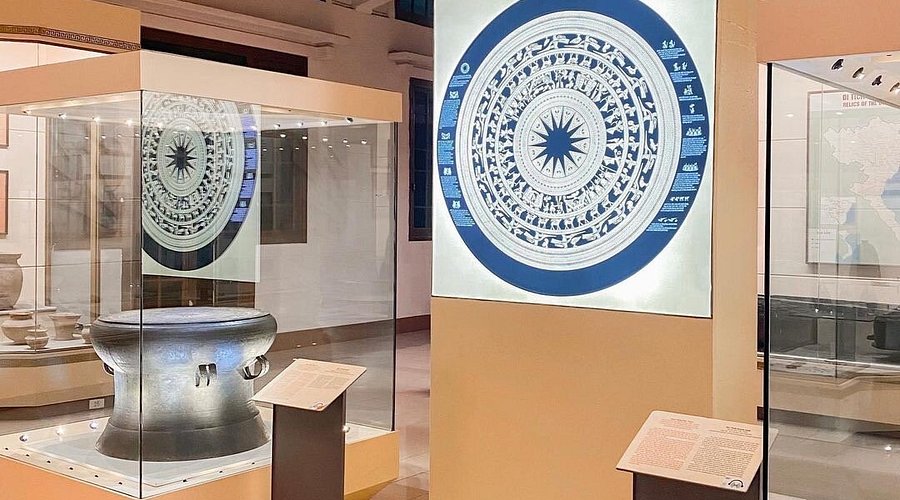
Guided tours provide informative insights into the museum’s exhibits, led by knowledgeable staff who share stories and context behind the displayed artifacts. These tours can illuminate lesser-known aspects of Vietnamese history, transforming a simple visit into an enlightening journey.
Collaborations with Other Institutions
To expand its reach and resources, the Vietnam National Museum of History collaborates with educational institutions, cultural organizations, and international museums. Such partnerships enhance the museum’s offerings by bringing in temporary exhibitions, expert speakers, and special events that enrich the visitor experience.
These collaborations also serve as platforms for cross-cultural dialogue, allowing visitors to engage with diverse perspectives and broaden their understanding of global history. Through these joint efforts, the museum positions itself as a leader in cultural preservation and education.
Comparison with Other Museums in Hanoi
Hanoi is home to numerous museums, each offering unique insights into different facets of Vietnamese culture and history. While the Vietnam National Museum of History stands out for its comprehensive coverage of the country’s past, comparing it to other local institutions can provide a richer understanding of its role within the cultural landscape.
Exploring the distinctions between various museums helps visitors decide which locations align best with their interests and needs, ensuring a fulfilling cultural experience.
Comparison with Vietnam Military History Museum
The Vietnam Military History Museum focuses specifically on the military aspects of Vietnam’s past, including the struggles for independence and unification. This museum showcases a range of artifacts related to warfare, including weapons, uniforms, and vehicles utilized during conflicts.
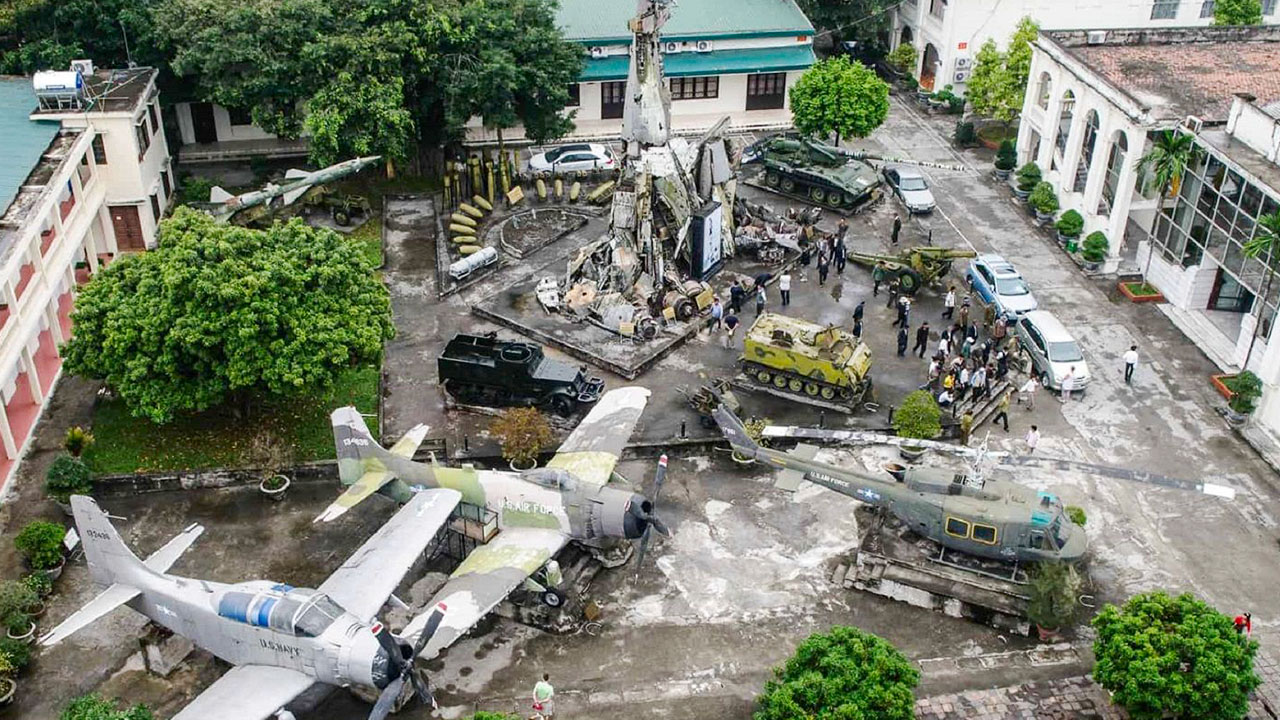
While the Vietnam National Museum of History provides a broad overview of the country’s history, the Military Museum takes a more focused approach, diving deep into the themes of conflict and resistance. Visitors seeking a more detailed understanding of the military’s role in shaping Vietnam’s identity might find the Military Museum particularly compelling.
Differences from the Vietnam Museum of Ethnology
The Vietnam Museum of Ethnology offers a different perspective on Vietnam’s cultural richness by emphasizing the diversity of its ethnic groups. It features exhibits that celebrate the lifestyles, traditions, and customs of various communities across Vietnam.
In contrast, the Vietnam National Museum of History presents a more chronological view of the nation’s development, highlighting pivotal moments and historical trends. Both museums complement one another, collectively painting a multifaceted picture of Vietnamese identity that embraces both history and culture.
Visitor Experience
Visiting the Vietnam National Museum of History promises an enriching experience that transcends mere observation. Visitors have the opportunity to connect with history and culture in ways that resonate on a personal level.
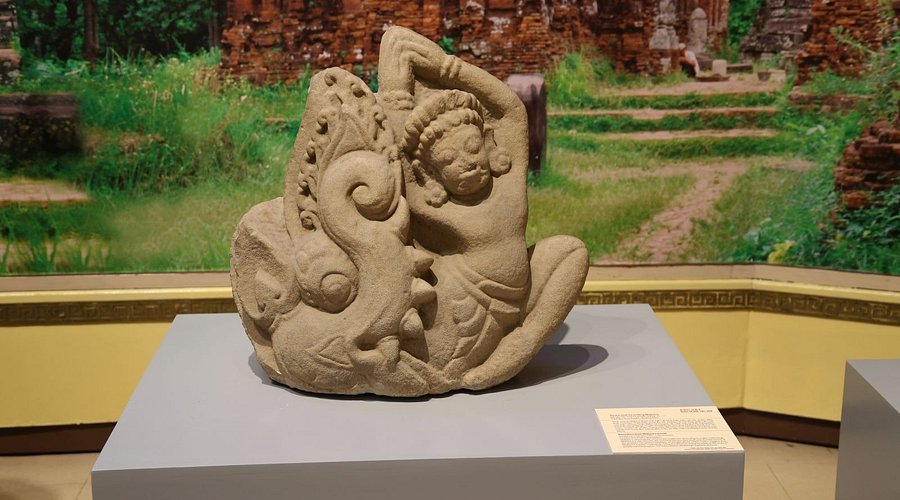
Understanding what previous tourists encountered during their visits can offer valuable insights and recommendations for future guests, enhancing the overall experience of exploring the museum.
Recommendations for First-Time Visitors
For first-time visitors, planning ahead is essential to maximizing enjoyment and engagement at the Vietnam National Museum of History. Arriving early in the day allows visitors to navigate the exhibits without the hustle and bustle of larger crowds.
Taking advantage of guided tours is also recommended, as they provide context and depth to the artifacts on display. In addition, those interested in learning more about specific themes should consider participating in workshops or special events that may coincide with their visit.
Personal Experiences Shared by Tourists
Many visitors leave the Vietnam National Museum of History with memorable experiences and newfound appreciation for Vietnamese history. Personal anecdotes often highlight the emotional impact of seeing artifacts firsthand and connecting with the stories behind them.
Tourists frequently share feelings of awe when encountering ancient relics that speak to the resilience and creativity of past generations. These shared experiences create a sense of community among visitors, further enriching the museum’s role as a cultural hub.
Future Developments and Exhibits
The Vietnam National Museum of History continually evolves to stay relevant and engaging for visitors. This commitment to progress ensures that the museum remains a dynamic institution that adapts to changing cultural landscapes and audience expectations.
Future developments include new exhibitions, ongoing preservation projects, and collaborative initiatives that promise to enrich the visitor experience.
Upcoming Exhibitions Announced
As part of its dedication to engaging with contemporary issues and narratives, the Vietnam National Museum of History regularly introduces new exhibitions that explore various themes. Upcoming exhibitions may focus on modern history, significant anniversaries, or the contributions of specific communities to Vietnam’s cultural heritage.
These exhibitions aim to spark conversations and provoke thought among visitors, encouraging them to reflect on the evolving nature of history and its implications for society today.
Projects for Preservation and Restoration
The museum prioritizes the preservation of its extensive collection, recognizing that many artifacts require ongoing attention and care. Upcoming projects may involve restoration efforts that ensure the longevity of historically significant items, allowing future generations to appreciate their value.
Additionally, the museum may engage in research projects aimed at uncovering new information about its collection, further enriching the narratives it shares with visitors.
Feedback and Reviews
Visitor feedback plays a crucial role in shaping the Vietnam National Museum of History‘s initiatives and improvements. Insights from guests help the museum understand what resonates most and where enhancements can be made.
Analyzing ratings and reviews from various online platforms provides valuable data that informs future programming and exhibitions, ensuring the museum continues to meet the needs of its audience.
Visitor Ratings and Reviews on Online Platforms
Online platforms often feature extensive reviews and ratings from visitors who have experienced the museum firsthand. These reviews provide a snapshot of the overall satisfaction levels among guests, highlighting the strengths of the museum as well as areas for improvement.
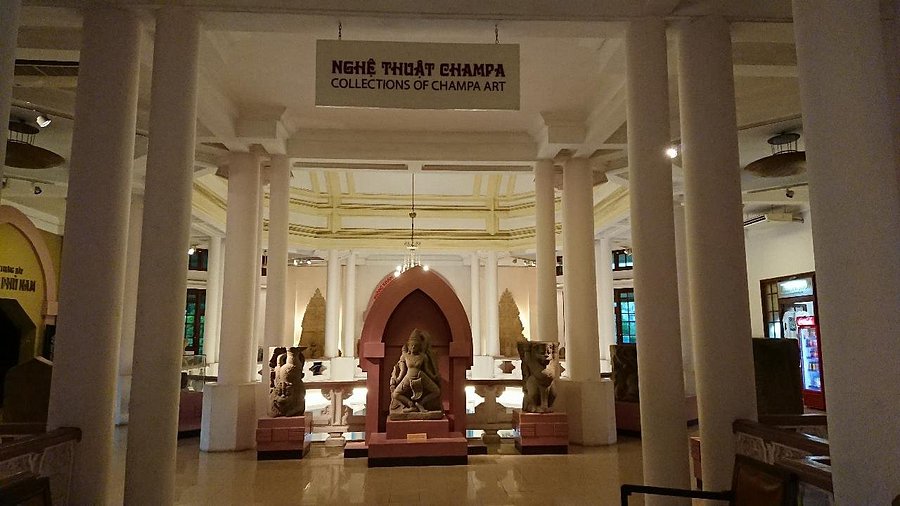
Common themes in positive reviews frequently include the helpfulness of staff, the quality of exhibits, and the engaging nature of educational programs. Conversely, constructive criticisms may point toward logistical challenges or requests for more interactive elements.
Importance of Visitor Feedback for Museum Improvements
Visitor feedback serves as a key indicator of the museum’s effectiveness in fulfilling its mission. Taking this feedback seriously allows the Vietnam National Museum of History to adapt and evolve, ensuring that it remains a relevant and impactful cultural institution.
Engaging with the community through surveys or informal discussions can provide additional layers of insight, enabling the museum to craft experiences that resonate deeply with visitors.
Conclusion
The Vietnam National Museum of History is more than just a repository of artifacts; it is a vibrant space where the past comes alive, offering insights into the complexities of Vietnamese history and culture. With its extensive collection, engaging exhibitions, and commitment to education, the museum serves as an essential destination for both locals and tourists.
Visitors are encouraged to explore the narratives woven through time, connecting with the cultural heritage that shapes Vietnam today. As the museum continues to grow and adapt, it remains devoted to preserving history and inspiring future generations.


